Henri Matisse: The Cut-Outs at Tate Modern
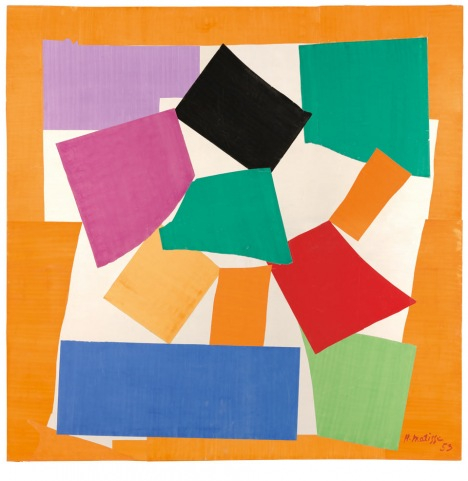
What happens when great painters become too old or infirm to carry on painting? Do they pack away their brushes and content themselves in comfortable retirement, or do they keep on pushing, creating and making art in new ways never quite imagined before? Matisse said: “An artist should never be a prisoner of himself, prisoner of style, prisoner of reputation, prisoner of success.” This exhibition includes a film showing how Matisse flourished into his old age through paper cut-outs, making works by directing assistants, even receiving help in the act of cutting with scissors. It’s a poignant testament to a great spirit that would keep on discovering and thinking art through to the future.
After Matisse had to leave other methods of making art behind due to increasing ill health, he developed a technique he had already used in rearranging cut-outs to trial the composition of objects in paintings. Instead of using cut-outs to sketch out ideas, Matisse began to make works with them, and discovered his new medium, which was a crossover between drawing, painting and sculpture. Keeping to a limited palette of colour and images of figures and natural forms, Matisse made works in the last ten years of his life that were increasingly complex, masterful and ambitious.
Some of the pieces are already well-known as images, but their reality, showing all the physical imperfections, the nicks and overlaps that evidence their process, add to their almost magical sense of movement. It’s always a surprise to see famous art live: there are always many more qualities and fingerprints of the maker that cannot come across through reproduction. Perhaps the most widely distributed images of Matisse’s cut-outs are the Blue Nudes, which remain unparalleled examples of his technique of carving space and colour with paper. Tate Modern is showing the largest number of the Blue Nudes and related works ever exhibited, and many of the 130 works have never been seen together, making this an astonishing experience from the master of vibrant colour and form.
The exhibition extends through 14 rooms of commissions, designs for books, studies for stained glass windows, large panels and framed pieces covering the first works from 1937 through to Matisse’s death in 1954. Tate’s lighting decisions are not always as successful, with just one room painted darker so that the works glow in sympathetic lighting while the rest of the walls appear dingy white. It’s an inspiring exhibition, awesome in execution and a movingly joyous testament to Matisse’s legacy that “work cures everything”.
Eleanor MacFarlane
Henri Matisse: The Cut-Outs is at Tate Modern until 7th September 2014. For further information visit the gallery’s website here.

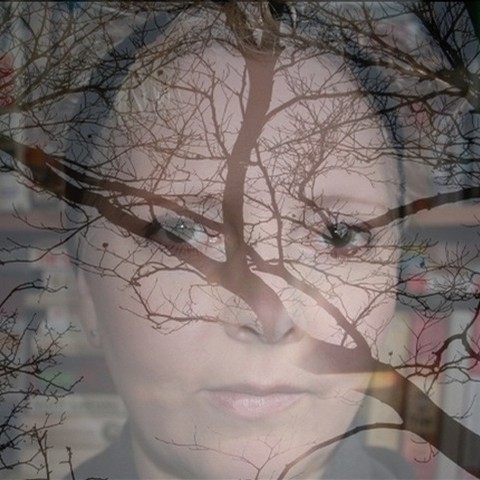
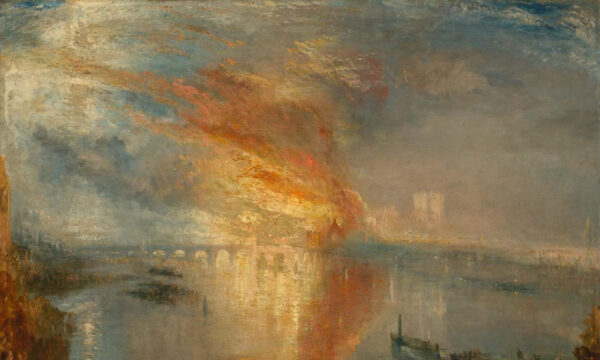
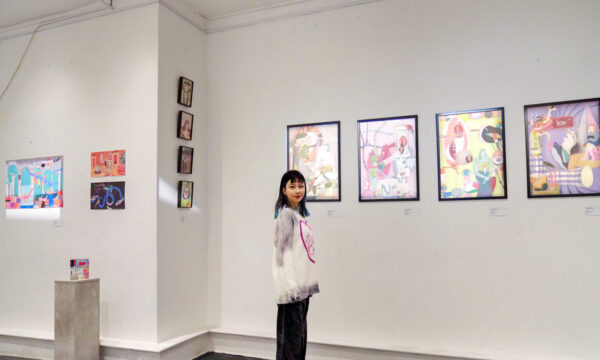
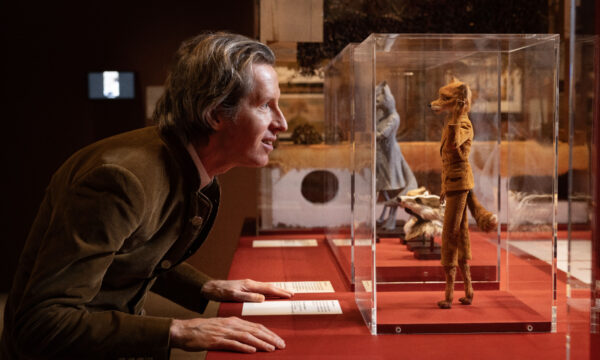
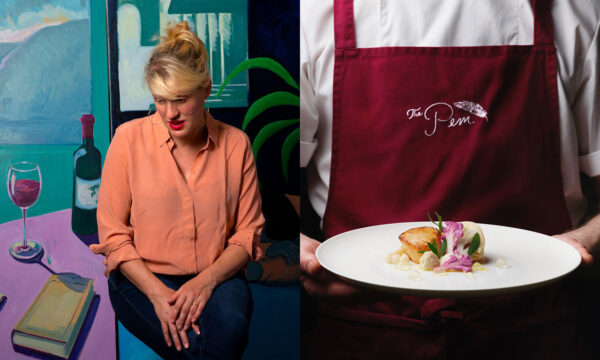
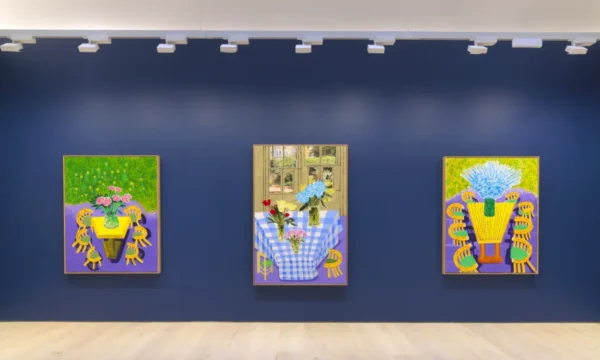
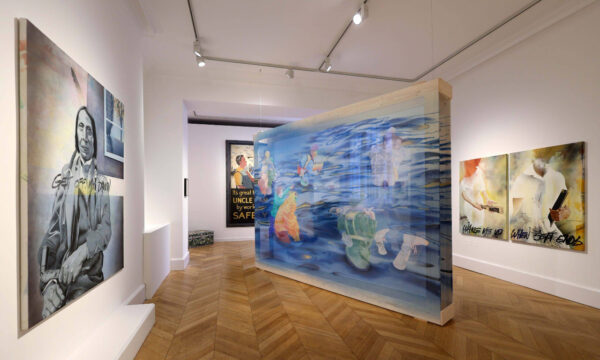
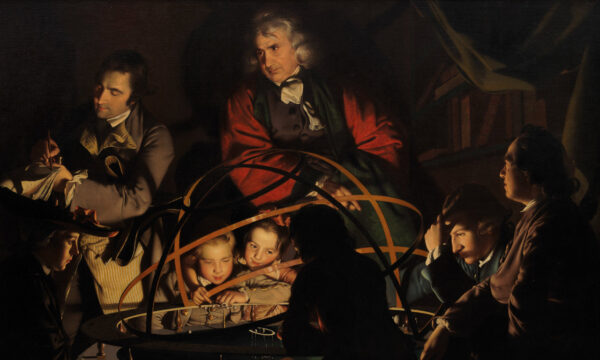
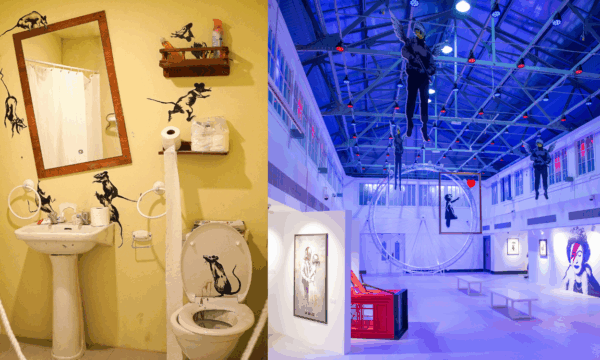
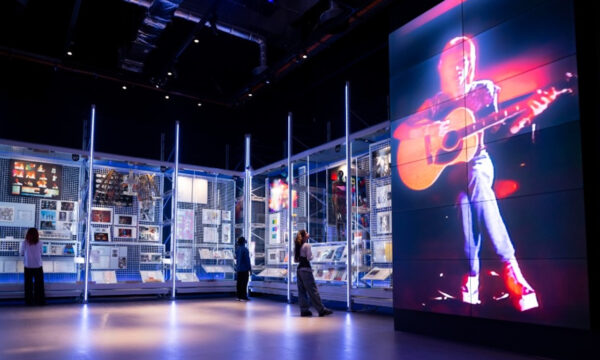

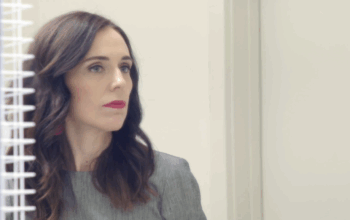

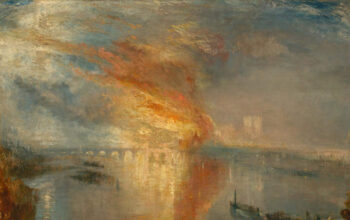


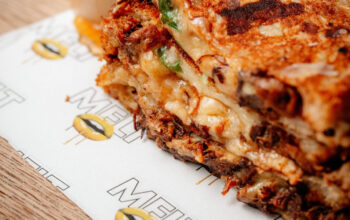
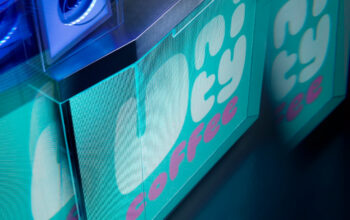
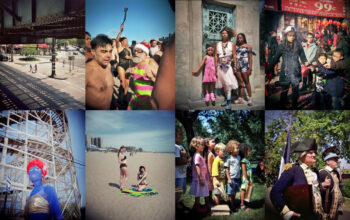






Facebook
Twitter
Instagram
YouTube
RSS